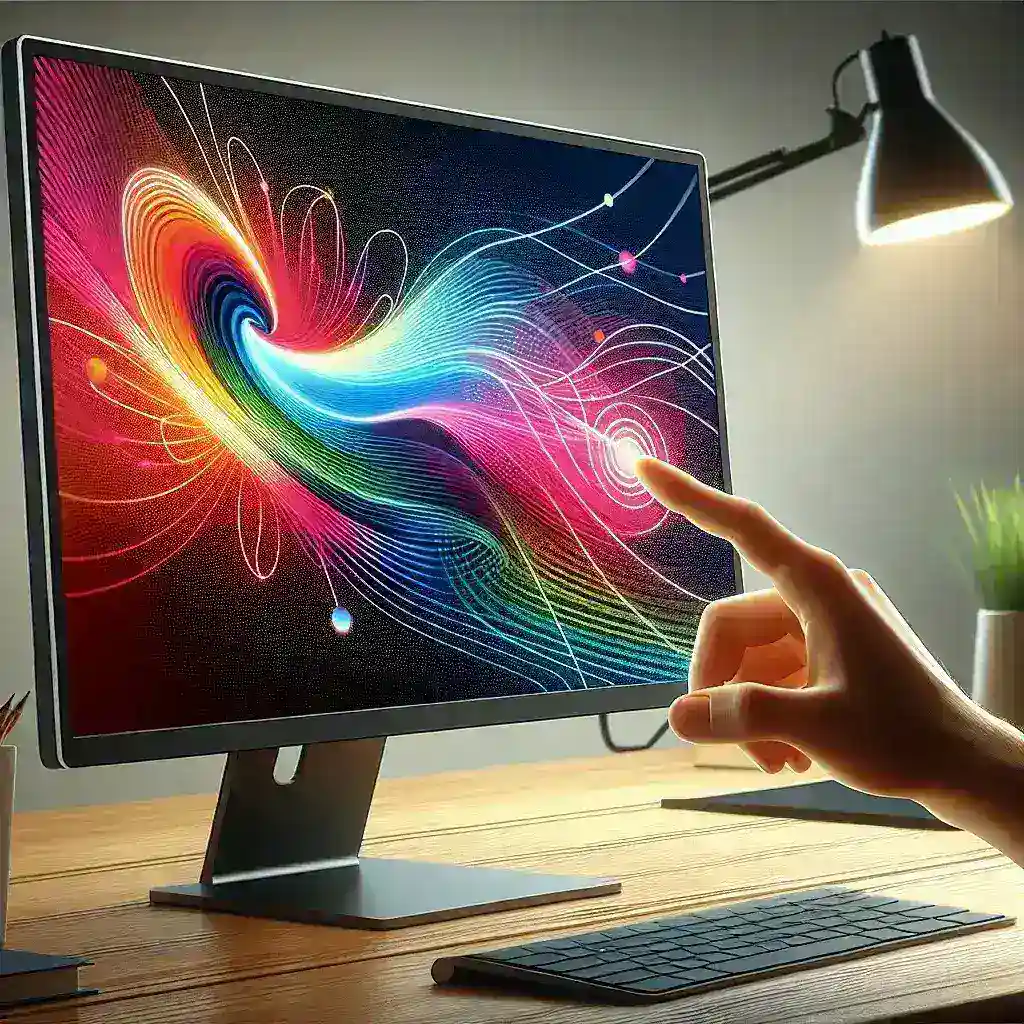As technology continues to advance at a rapid pace, the demand for more interactive and user-friendly devices grows as well. LED monitors with touchscreens represent a perfect blend of visual quality and interactivity. But are there LED monitors with touchscreens available on the market? The answer is a resounding yes. This article delves into the specifics of LED touchscreen monitors, exploring their features, advantages, and the best models available today.
What is an LED Touchscreen Monitor?
An LED touchscreen monitor is a display that uses Light Emitting Diode (LED) technology to provide bright and high-quality images, coupled with touchscreen capabilities that allow users to interact with the screen using their fingers or a stylus. These monitors are commonly used in various settings, such as educational institutions, businesses, and personal entertainment systems.
Features of LED Touchscreen Monitors
LED touchscreen monitors come with a variety of features that enhance user experience. Here is an overview of the most significant features:
- Touch Interface: Multi-touch capabilities allow for gestures like pinching, swiping, and rotating.
- High Resolution: LED monitors typically offer high resolution to deliver crisp and clear visuals.
- Durability: Many LED touchscreen monitors are built with robust materials to withstand frequent interaction.
- Energy Efficiency: LED technology is known for its low power consumption compared to other display technologies.
- Wide Viewing Angles: The screen can be viewed from various angles without significant loss in picture quality.
Advantages of LED Touchscreen Monitors
There are numerous benefits to using LED touchscreen monitors, whether in a professional or personal setting:
- Interactive Learning: Teachers can engage students more effectively through interactive lessons.
- Enhanced Productivity: Professionals can streamline workflows by directly interacting with the screen.
- Better User Experience: The tactile interface offers a more intuitive and natural way to navigate through software and applications.
- Space-Saving: Combining the functionalities of a display and an input device can save space and reduce cable clutter.
Best LED Touchscreen Monitors of 2023
Here is a table summarizing the top LED touchscreen monitors available in 2023:
| Model | Screen Size | Resolution | Features | Price |
|---|---|---|---|---|
| Dell P2418HT | 24 inches | 1920×1080 | 1080p, 10-point touch, adjustable stand | $299 |
| ASUS VT229H | 21.5 inches | 1920×1080 | 1080p, frameless, 10-point touch | $189 |
| HP EliteDisplay E230t | 23 inches | 1920×1080 | 1080p, 10-point touch, ergonomic stand | $259 |
| Acer UT241Y | 23.8 inches | 1920×1080 | 1080p, 10-point touch, versatile stand | $249 |
How to Choose the Right LED Touchscreen Monitor
When choosing an LED touchscreen monitor, consider the following factors:
1. Screen Size
Depending on your workspace and requirements, select a screen size that suits your needs. Larger screens are generally better for collaborative work environments, while smaller screens work well for personal use.
2. Resolution
Higher resolutions provide clearer and more detailed images. Full HD (1080p) is typically sufficient for most tasks, but 4K options are available for those needing higher detail.
3. Touch Sensitivity
A monitor with high touch sensitivity will offer a more responsive and smoother user experience. Look for models with multi-touch capability to perform various gestures.
4. Ergonomics
Consider monitors with adjustable stands or mounts that allow you to set your screen at comfortable viewing angles and heights. Ergonomic features are crucial for preventing strain during prolonged use.
5. Connectivity Options
Ensure the monitor has the necessary connectivity options such as HDMI, USB, and DisplayPort to connect with your other devices easily.
Applications of LED Touchscreen Monitors
LED touchscreen monitors have diverse applications across various sectors:
1. Education
Interactive whiteboards and touchscreen monitors in classrooms allow for engaging teaching methods. Educators can display multimedia content and interact with it directly on the screen.
2. Business
Touchscreen monitors are invaluable in collaborative business settings, making tasks like presentations, brainstorming sessions, and videoconferencing more interactive and efficient.
3. Retail
In retail environments, touchscreen monitors serve as point-of-sale systems, info kiosks, and digital signage, enhancing customer engagement and streamlining operations.
4. Healthcare
Healthcare professionals use touchscreen monitors for patient registration, accessing medical records, and even performing surgeries with robotic assistance.
5. Personal Use
For home offices and entertainment, touchscreen monitors provide an intuitive way to interact with digital content, from work-related tasks to gaming and multimedia consumption.
Future of LED Touchscreen Monitors
As technology continues to evolve, the future of LED touchscreen monitors looks promising:
- Enhanced Interactivity: Future models may include advanced touch and gesture recognition, making them even more versatile.
- Higher Resolutions: Expect broader adoption of 4K and even 8K resolutions, offering unparalleled image quality.
- Flexible Displays: Emerging flexible LED technology may lead to the development of bendable and foldable touchscreen monitors.
- Integration of AI: AI-powered features could make these monitors more adaptive and intelligent, providing personalized user experiences.
Conclusion
In conclusion, LED monitors with touchscreens are already a significant presence in the market, offering a blend of superior image quality and intuitive interaction. From enhancing productivity in professional environments to providing immersive experiences in education and retail, these monitors have diverse applications and numerous advantages. As technology advances, we can expect even more innovative features and improved performance, making them an essential tool for the future.

